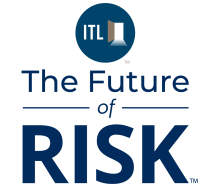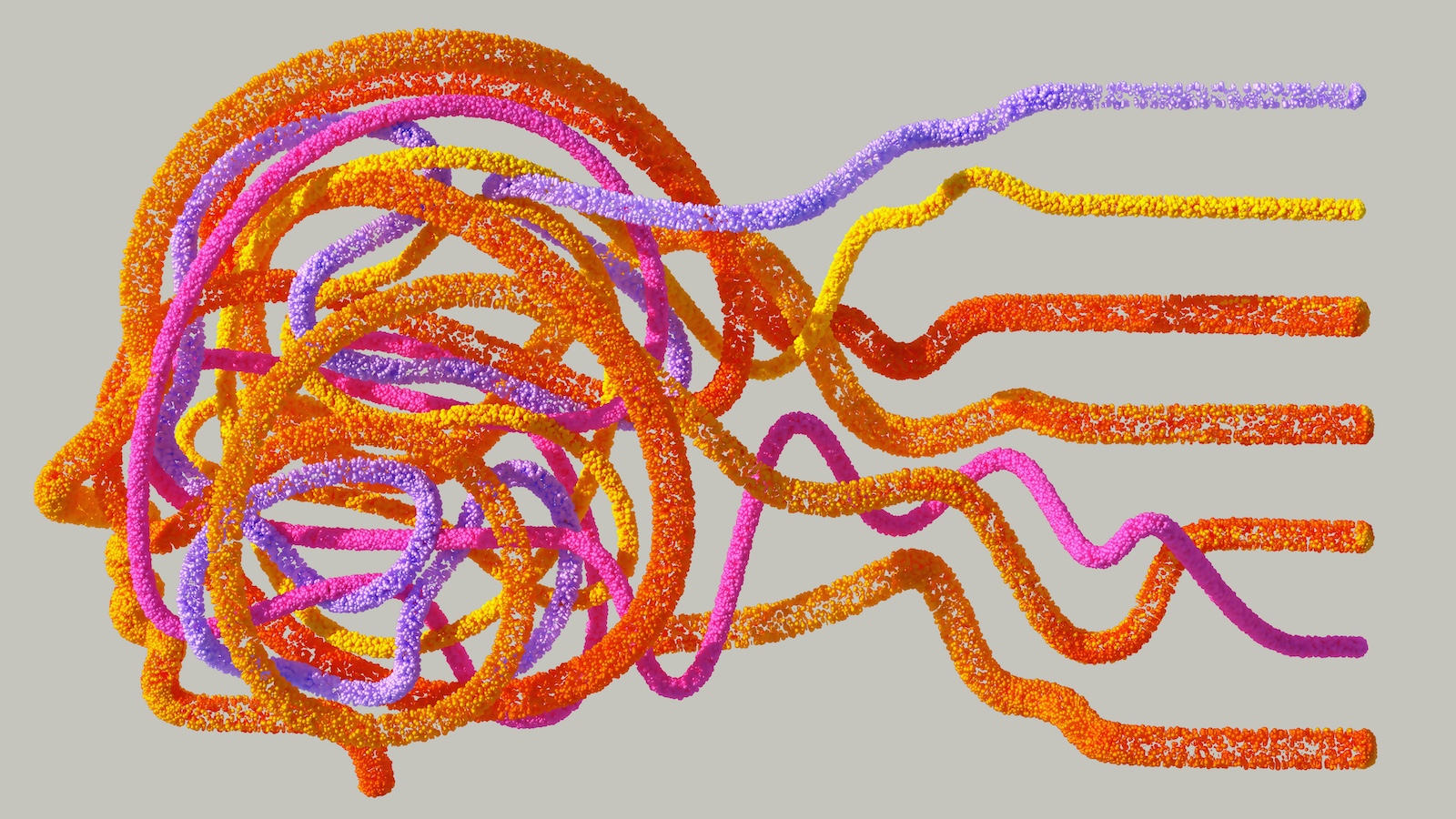Insurance fraud remains the second-most costly white-collar crime in the U.S., after tax evasion. (1) The Coalition Against Insurance Fraud reports that 78% of U.S. consumers are concerned about insurance fraud (2), most likely because they know that fraud doesn't just affect insurers; the losses are passed on to policyholders through higher premiums. The Federal Bureau of Investigation reports that insurance fraud costs an average American family $400 to $700 annually due to increased premiums to cover the expense. (3)
Meanwhile, many property and casualty (P&C) insurers are facing growing customer attrition due to recent inflation-driven policy rate hikes. (4) In this environment, continuing to raise premiums to offset fraud losses is likely not a viable strategy for long-term profitability and market share growth.
Instead, insurers can equip themselves to vanquish fraud before incidents occur. They can shift from relying on traditional fraud detection methods to investing in more advanced exposure and prevention techniques. In a recent Deloitte survey of insurance executives, 35% of respondents chose fraud detection as one of the top five areas for developing or implementing generative artificial intelligence applications over the next 12 months. (5)
Deloitte predicts that, by implementing AI-driven technologies and integrating real-time analysis from multiple modalities, P&C insurers could reduce fraudulent claims and save between $80 billion and $160 billion by 2032.
AI-fueled multimodal technologies refer to advanced systems that leverage AI to process and integrate data from multiple modalities, including text, images, audio, video, and sensor data. By analyzing diverse types of data, these technologies can generate more comprehensive and accurate insights.
Why is P&C insurance fraud detection so challenging?
An estimated 10% of P&C insurance claims are fraudulent, resulting in a $122 billion loss annually, or 40% of the total fraud losses of the insurance industry. (6) Fraud is so prevalent because typically, policyholders only interact with their insurance providers when paying premiums annually or when they need to file claims. This infrequent interaction can limit insurers' ability to continuously oversee policyholders' activities, allowing fraudulent activities to go undetected.
Fraud is typically segmented into soft and hard incidents. Soft fraud involves inflating a legitimate claim, like overstating repair costs or exaggerating an injury. Hard fraud is when premeditated actions create a false claim – for instance, if a policyholder stages an accident, commits arson or fakes a theft. Soft fraud is more common, likely because it's hard to prove; it accounts for 60% of all incidents. (7)
Mounting pressure propels demand for advanced detection tools
The onset of the COVID-19 pandemic accelerated digitization, creating both opportunities for fraudsters and a flurry of innovative solutions. (8) Fraud-detection technology has become a rapidly growing industry, estimated to multiply eight times, from $4 billion in 2023 to $32 billion by 2032. (9) Simultaneously, pressure from regulatory bodies is pushing insurers to implement fraud detection systems. (10)
How can AI help detect and prevent fraud?
AI is equipping insurers with new fraud detection models that can free human investigators to focus on more complex fraudulent cases. Combining AI-driven anti-fraud technologies with advanced data analytics enhances insurers' capabilities to detect and prevent fraud. This can be beneficial in the property claims and personal auto insurance segments due to their complexity and sheer volume of data, need for real-time processing, and potential for significant cost savings and efficiency improvements. (11)
Multiple techniques such as automated business rules, embedded AI and machine learning methods, text mining, anomaly detection, and network link analysis could score millions of claims in real time. Combining data from various modalities could help identify patterns and enhance the investigative process by reducing false positives, increasing detection rates of fraudulent claims, and saving on costs associated with fraud investigations. Such techniques must be deployed with human oversight and in alignment with the laws of each jurisdiction. AI can be used in:
- Text analytics. natural language processing analyzes textual data of claims forms, emails, and social media posts to identify keywords and entities. While claims with suspicious language or inconsistent details can be flagged for further investigation, regulations like the Colorado AI Act require AI algorithm-based models to avoid discrimination and bias when flagging risk. (12)
- Audio-image-video analysis. Speech recognition and sentiment analysis can examine customer calls for signs of duress, allowed under the European Union's AI Act on emotion inference for safety. (13) Photo analytics can uncover irregularities in metadata, manipulation, and repeated use. Causation analytics can identify if alleged injuries were likely consistent with the experienced accident. Video analytics can verify the occurrence and extent of damage, identify authenticity of images, and highlight signs of tampering or staging.
- Geospatial analysis. Satellite images and comprehensive 3D drone footage can verify the extent and location of damage that may not be clearly visible in physical inspections. This could also reduce the risk of personal injury to claims personnel, especially at natural disaster sites.
- Internet of Things data. Real-time surveillance devices like vehicle telematics can reconstruct accidents and verify the legitimacy of claims. Smart home sensors like water leak detectors and security cameras can help gather evidence that can be used to verify claims and detect fraudulent or staged activities.
- Simulation models. Replicating the behavior of medical providers, repair shops, and others that individuals may work with under different scenarios in a controlled virtual environment can identify patterns and deviations from standard industry practices and detect instances such as overbilling, unnecessary services, and coordinated activities or probable collision rings between entities.
Combining AI and human foresight could be the way forward
Over the past two decades, insurers have established special investigative units to detect and mitigate fraud. Looking ahead, anti-fraud leaders face several challenges. Insurers that pair sophisticated technology with human enablement could potentially save billions of dollars for policyholders. Attracting and retaining skilled talent, along with continued support for automation, will likely also be important for companies as they look to achieve their long-term anti-fraud goals.
Endnotes
1. Defined as intentional deception in the insurance process, from policy purchase to claims settlement; Ashley Kilroy, "Insurance fraud statistics 2025," Forbes, January 3, 2025.
2. Kilroy, "Insurance fraud statistics 2025."
3. National Insurance Crime Bureau (NICB), "NICB and Agero join forces to combat insurance fraud," press release, June 12, 2024.
4. Kelly Cusick, Michelle Canaan, and Namrata Sharma, "Bridging insurance gaps to prepare homeowners for emerging climate change risks," Deloitte Insights, May 2, 2024.
5. Sandee Suhrada, Stephen Casaceli, and Dishank Jain, "Are insurers truly ready to scale gen AI?" Deloitte Insights, April 4, 2025.
6. Covers fraud from property, auto, and workers compensation; Kilroy, "Insurance fraud statistics 2025"; Deloitte Center for Financial Services analysis.
7. Discussion with Kedar Kamalapurkar, Deloitte insurance claims leader, December 13, 2023; Deloitte Center for Financial Services analysis.
8. Satish Lalchand et al., "Generative AI is expected to magnify the risk of deepfakes and other fraud in banking," Deloitte Insights, May 29, 2024.
9. Global Market Insights (GMI), Insurance fraud detection market size, May 2024; Amanda Paule, "Insurance companies are betting on AI and mass data analytics in a battle against fraud that costs billions," Business Insider, October 24, 2023.
10. Joe Desantis et al., "2025 insurance regulatory outlook," Deloitte Insights, February 21, 2025.
11. Kilroy, "Insurance fraud statistics 2025."
12. Tatiana Rice, Keir Lamont, and Jordan Francis, "The Colorado Artificial Intelligence Act," FPF US Legislation Policy Brief, July 2024.
13. European Commission, "AI Act enters into force," Aug. 1, 2024.








